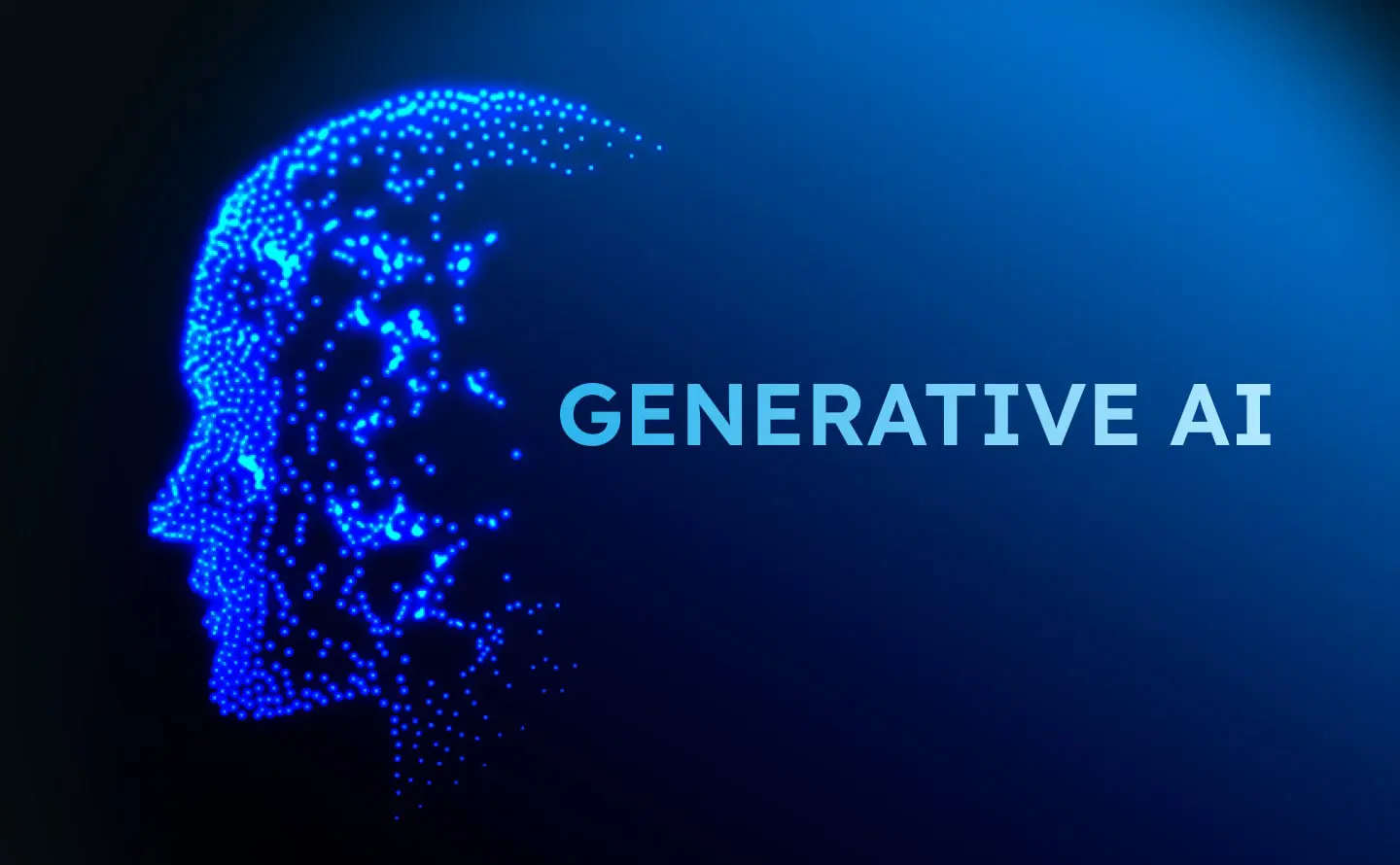The global Generative AI market is defined by a level of competition that is both exceptionally fierce and strategically multifaceted, pitting the world's largest and most well-capitalized technology companies against elite, heavily funded research labs and a rapidly innovating open-source movement. This intense rivalry is a direct consequence of the shared belief that generative AI represents a foundational platform shift, a new technological layer as fundamental as the internet or mobile computing, with the potential to reshape the global economy. The Generative AI Market Competition is not a simple contest between a few products; it is a multi-dimensional war being waged across several critical fronts simultaneously. At the deepest level, it is a war for computational resources, where access to massive-scale GPU clusters is a primary determinant of a company's ability to train state-of-the-art models. This is coupled with a relentless war for the world's top AI research talent and for access to unique, high-quality data, the essential fuel for model innovation, creating an environment of unprecedented strategic maneuvering.
The competitive strategies being deployed by the key players are as diverse as their corporate identities. The hyperscale cloud providers—Microsoft, Google, and Amazon Web Services (AWS)—are locked in a monumental platform war, each vying to become the indispensable "AI cloud." Their core strategy is to provide the essential infrastructure and a comprehensive suite of services that make it easy for developers and enterprises to build, train, and deploy generative AI applications. They compete by offering the widest selection of foundational models, the most cost-effective hardware, and the most sophisticated MLOps tools. The foundational model labs, such as OpenAI and Anthropic, are competing on the basis of raw model capability and a commitment to safety and alignment. Their strategy is to continuously push the scientific frontier to create the most powerful and reliable models, thereby positioning themselves as the premium, cutting-edge option and commanding high value for their API access. A third, and equally powerful, competitive force is the open-source community, championed by organizations like Meta and Mistral AI, fostering a collaborative and transparent alternative to proprietary ecosystems.
The future of competition in this market will be increasingly shaped by several emerging trends that will test the strategies of the current leaders. The first is a potential shift in focus from simply building the largest "frontier" models to an emphasis on creating smaller, more efficient, and specialized models that can run more cost-effectively and even on edge devices. This could open the door for a new wave of competition from companies that excel at model optimization and distillation techniques. Second, as the underlying model architectures become more widely understood, access to unique, proprietary datasets will become a much more significant competitive moat for building differentiated, high-performance applications in specific domains. The Generative AI Market size is projected to grow to USD 50.0 Billion by 2035, exhibiting a CAGR of 19.74% during the forecast period 2025 - 2035. Finally, the competitive landscape will be profoundly influenced by the evolving regulatory environment. Companies that can build a strong brand and demonstrable track record around responsible AI development and data privacy will gain a significant competitive advantage based on trust.
Top Trending Reports -
India Artificial Intelligence Based Personalization Market



